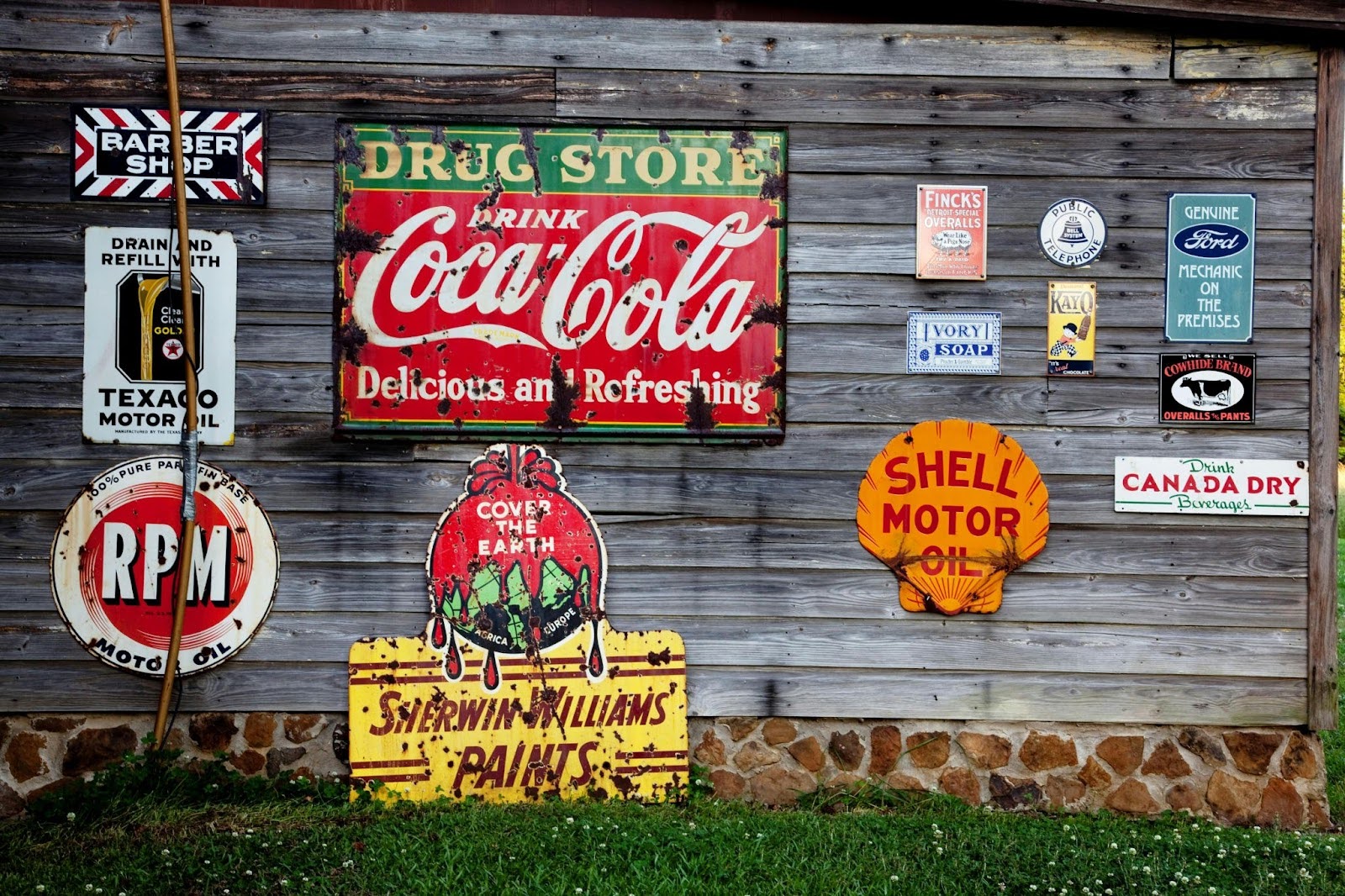10% OFF
Use Code
SAVE10



10% Off Use Code SAVE10 | FREE Shipping Orders $50+ | Rush Delivery Available | Ships Same Day
10% Off: SAVE10 | FREE Shipping Orders $50+
Order Online Or Call Now +1-877-958-1499

Yard signs, also known as lawn signs, are small advertising signs placed in a yard or along the road. Yard signs are used in political campaigns, real estate, business promotions, and more.
The materials used to make these signs can vary greatly, influenced by the sign's intended use, desired durability, and budget.
This article provides an overview of the materials used in making yard signs, their benefits and drawbacks, and how to choose the right components.
Yard signs are commonly crafted from plastic, wood, or metal, each material providing distinct advantages and disadvantages.
Here we discuss some common materials used in making yard signs.
PVC, widely used for yard signs, is durable and lightweight.
PVC signs are water-resistant and can withstand whatever you throw at them. However, they can warp in high heat if not properly supported. PVC can also become brittle and crack in cold temperatures.
PVC plastic stakes are lightweight and cost-effective. They are resistant to weather and insect damage, making them a good choice for temporary signs.
Plastic stakes, however, are not as sturdy as wood or metal stakes, especially in windy conditions.
Corrugated plastic is a popular yard sign material that is durable, weather-resistant, and affordable.
Yard signs made from corrugated plastic are lightweight yet sturdy, making them an excellent choice for short-term and long-term outdoor use. It is also easy to print on, allowing for vibrant, high-quality graphics.
Corrugated plastic yard signs do not warp in heat and don’t become brittle in cold temperatures.
At Yard Sign Plus, we use corrugated plastic or Coroplast for our custom yard signs.
The most commonly produced plastic, polyethylene is also used in yard sign production due to its flexibility and durability. This type of lightweight plastic is water-resistant, making it suitable for outdoor use.
Polyethylene signs are typically printed using screen printing or digital printing methods.
This is a traditional material for lawn signs, particularly for larger ones or those intended for longer-term use.
Plywood signs are sturdy and can withstand harsh weather. They can be painted or printed with UV-resistant inks to prevent fading.
They are also used to make wood stakes, which are durable, sturdy, and easily pushed into the ground. They are often used for larger signs or signs that will be displayed for an extended period.
Plywood, however, can be susceptible to rot and insect damage if not properly treated.
Metal is commonly used in the frames and stakes of yard signs. Stable and sturdy, metal wire frames support the sign’s structure while metal stakes support the sign’s weight and keep it steady where it's planted.
Aluminum is a common metal used in making yard signs. Aluminum signs are extremely durable and resistant to weather and rust, making them ideal for long-term outdoor signage. They are also lightweight and easy to install.
Aluminum signs offer a professional, polished appearance and can be printed with any design or message.
| Stable Stakes. While the words on a yard sign may be the most important thing, it is equally important that the sign stays upright so that people can see it. At Yard Sign Plus, we use 3.44 mm thick wire frames and wire stakes to ensure that our yard signs stay where you put them. |

Choosing the right surface for custom yard signs is important as it impacts the sign’s durability, appearance, and cost.
Here are some factors to consider when selecting a material for your custom yard signs:
The purpose of a yard sign can greatly influence the choice of material.
For instance, if a sign is for a one-time event, something cheap and handy like a poster board might suffice. However, if a sign is to be displayed outdoors for an extended period, a stronger one made of corrugated plastic is the better choice.
Local climate and weather conditions should be taken into account. An ad ruined by rain or faded by the sun can send a bad message to passersby.
Corrugated plastic and aluminum are weather-resistant and ideal for outdoor use. Materials like wood may not fare as well in wet conditions, and paper-based materials can be easily damaged by rain or excessive sunlight.
Reflectivity and texture can affect the visibility and overall look of a sign. Glossy materials like vinyl can make colors pop and are easily visible, but they may produce glare in bright sunlight. Matte materials, on the other hand, can reduce glare but may not be as vibrant.
The cost of materials varies widely. Materials like corrugated plastic and vinyl are usually inexpensive, while metal or wood can be more costly.
It’s important to balance cost with other factors like durability and appearance to ensure the best value for money.
Flimsy components send the wrong signal to observers and distract from the sign’s message.
Our yard sign printing services at Yard Sign Plus can print corrugated plastic yard signs in custom sizes for the lowest prices in the market.
| A Sign to Recycle. It's ironic to promote recycling on new plastic signs. Instead, using recycled materials like plastic or aluminum can be an eco-friendly alternative. |

When choosing materials for a custom yard sign, it’s important to consider the durability, visibility, and environmental impact of the material. Certain materials may not be suitable for outdoor use, may fade or deteriorate quickly under certain weather conditions, or may be harmful to the environment.
Materials to avoid include:
Paper or Cardboard: While these materials are inexpensive and easy to print on, they are unsuitable for outdoor applications. They can easily get damaged by rain, wind, or prolonged exposure to sunlight.
Non-UV Resistant Materials: Materials that are not resistant to UV rays can fade quickly when exposed to sunlight. This can make a sign less visible and less effective over time.
Lead-Based Paints: While not a common choice for yard signs, it’s important to avoid lead-based paints due to their toxicity. Make sure to choose a paint that is labeled as lead-free.
Non-Recyclable Materials: Materials that cannot be recycled contribute to waste and are not an eco-friendly choice. Choose materials that can be recycled or are made from recycled content.
At Yard Sign Plus, all of our signs are recyclable as they are made of 100% corrugated plastic.
When choosing a material for a yard sign, it’s important to consider not just the cost and appearance, but also how well the material will hold up under the conditions where the sign will be displayed.
| Did You Know? Lead-based paints were banned for residential use in the United States in 1978. Potential buyers and renters of housing built before 1978 must be informed of lead and lead hazards in the residence before becoming obligated to buy or rent due to the health risks of inhaling lead. |
In conclusion, yard sign materials like corrugated plastic, metal, and wood each offer unique advantages and challenges. Choosing the right material is crucial as it affects the sign’s durability, appearance, and cost. It's important to balance these factors to select the best material for your needs.
Leave a comment